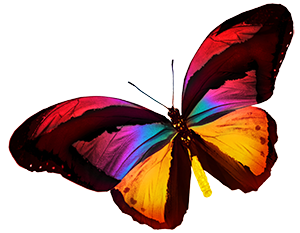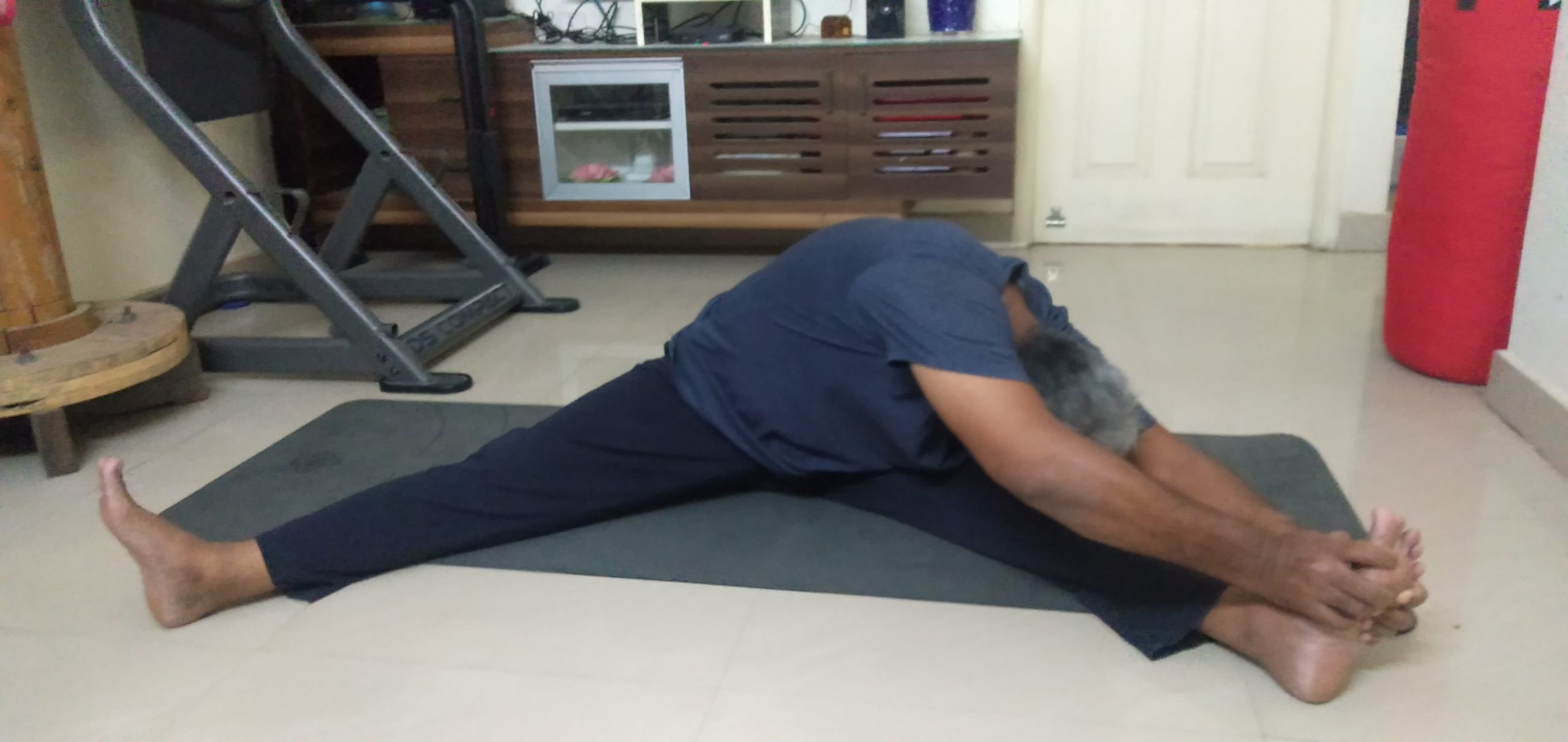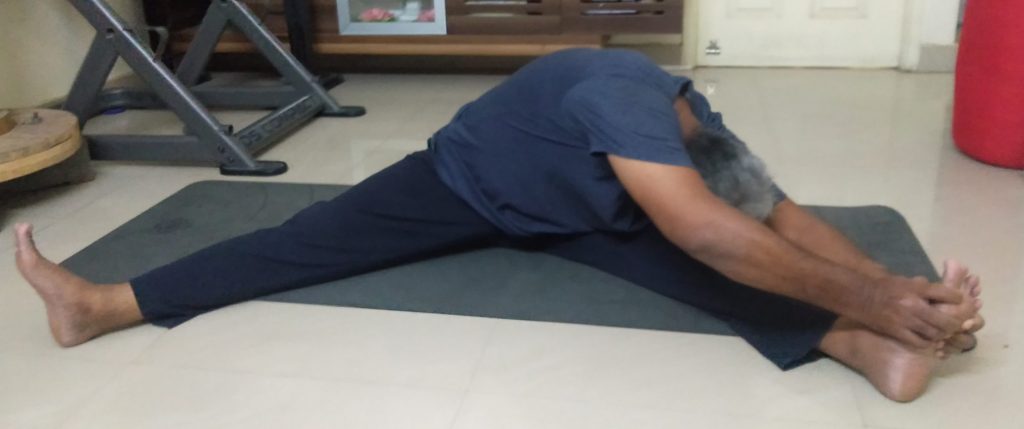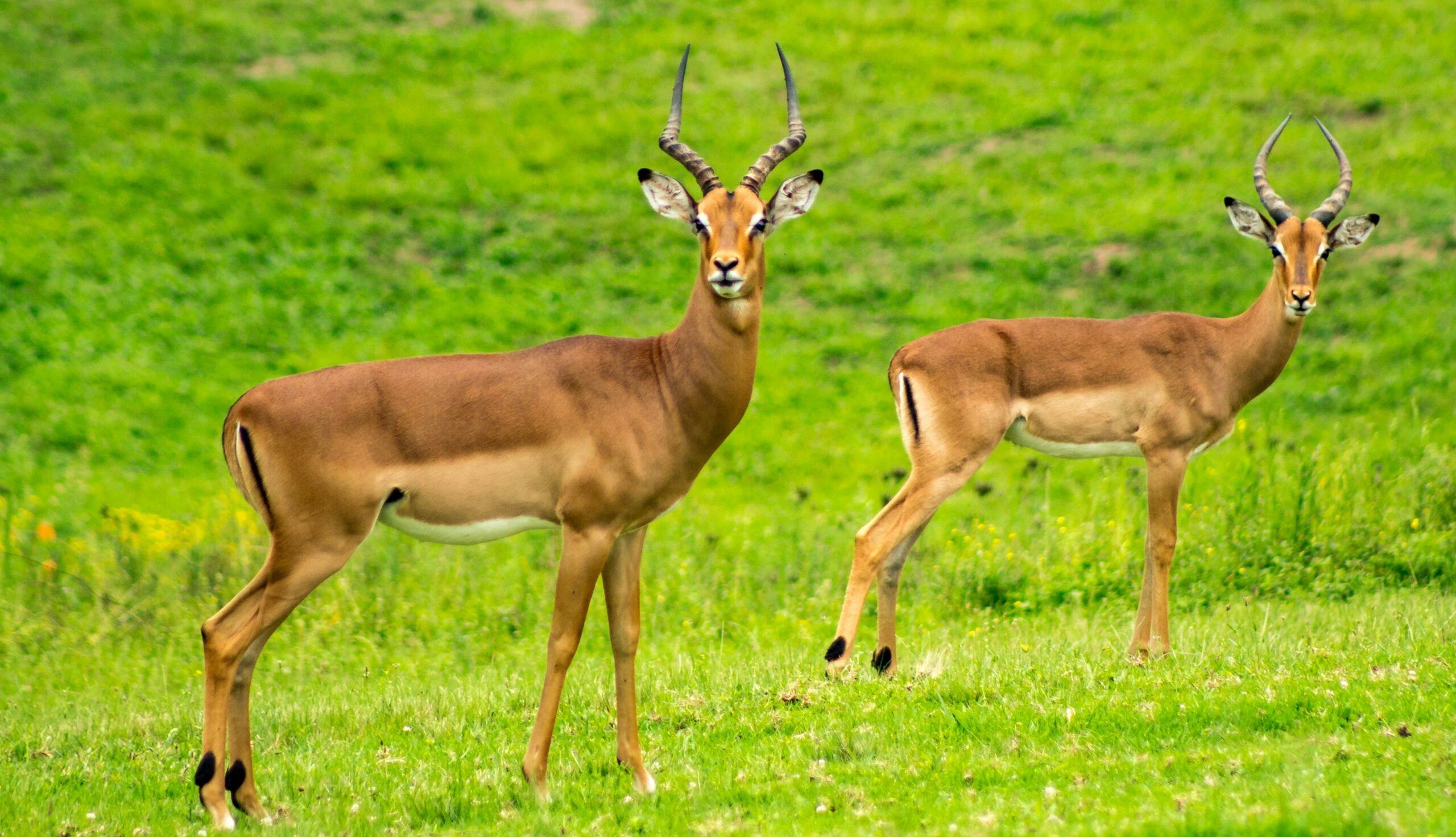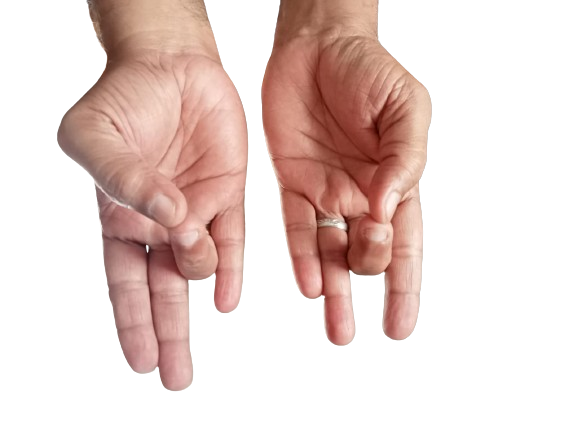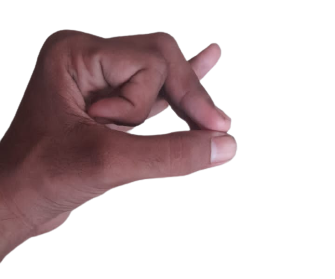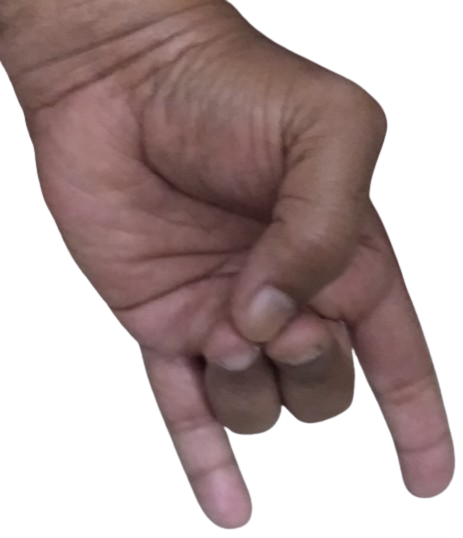In Sanskrit, the term 'parsva' means 'side', 'upavistha' means 'seated' and 'kona' means 'angle'. Since the pose involves stretching your legs sideways at an angle it is named thus.
Side Seated Angle Pose strengthens abdominal muscles and boosts performance of abdominal organs. Regular practice of the pose improves flexibility.
Other Benefits of Side Seated Angle Pose
- The pose stretches hips.
- It strengthens back muscles.
- Legs get stretched.
- The pose strengthens neck muscles.
Instructions
- Sit in Staff Pose.
- Stretch your legs sideways as much as possible. Your heels should be on the floor with the toes pointed upwards.
- Exhale, bend forward towards your right leg.
- Stretch your hands and hold your right toes or feet.
- Hold the pose for 20 seconds. Straighten your body and repeat the same on the left side.
Note
In case of difficulty in bending, place a folded blanket or yoga block under your legs.
Hold your leg where you can comfortably reach.
Those with chronic back conditions, severe hip or leg issues should refrain from practicing the pose. Those with neck pain can do a mild bend.
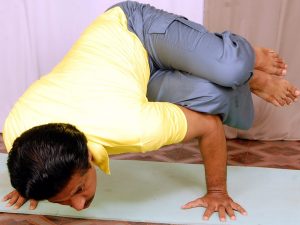
Yoga Pose For Day 47 - Side Crow Pose (Parsva Bakasana)
In Sanskrit, 'baka' means 'crane'. Bakasana is interchangeably called as Crow Pose and Crane Pose. However, both are two different poses. In Crow Pose, the elbows are bent; in Crane Pose, the hands
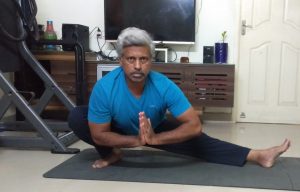
Yoga Pose for Day 45 – Extended Leg Squat Pose (Uthita Namaskarasana / Uthita Malasana)
The term 'uthita' in Sanskrit means 'to stretch' and 'namaskara' means 'salutation'. The pose can also be considered a version of Garland Pose. It is also called Half Garland pose. Extended Leg Squat Pose stimulates Root Chakra
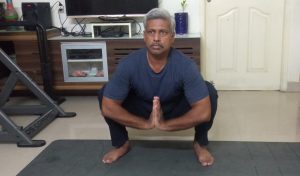
Yoga Pose for Day 44 – Garland Pose (Malasana / Namaskarasana)
The terms ‘mala’ in Sanskrit means ‘garland’ and ‘namaskara’ means ‘greeting’. Since the body is in the shape of garland while in the pose it is called Garland Pose. The pose is also called Squat Pose. Garland Pose stretches
